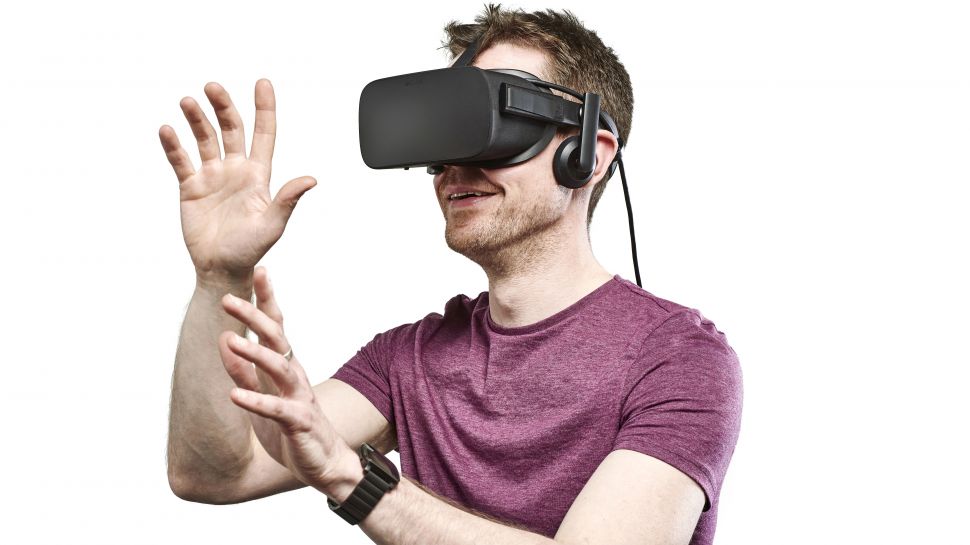Your Oculus Rift headset now works on lower-end PCs
Reducing the Rift in your wallet

One thing that keeps the average PC gamer from taking part in the virtual reality revolution is cost.
Headsets like the Oculus Rift and HTC Vive need a powerful GPU to keep the framerate up (and nausea down), and that can get pricey.
However, Oculus just lowered the threshold for the Rift's compatibility, reducing the minimum specifications needed to run the headset, making it that much easier (and cheaper) to dive into VR.
Oculus revealed it would lower the Rift's spec requirements back in October, owing the achievement primarily to a combination of technologies dubbed Asynchronous Spacewarp, or AWS.
Using AWS, VR games can stay fluid by making up in-between frames of animation when graphics start to chug, all the while keeping the processing demands down to a minimum.
- Check out the best VR games you can play right now

This not only cuts down on motion sickness thanks to reduced lag and smoother movement, but also means less powerful PCs can keep up.
Additionally, let's face it - Asynchronous Spacewarp is just a dang cool name for a technology.
Get daily insight, inspiration and deals in your inbox
Sign up for breaking news, reviews, opinion, top tech deals, and more.
While able to improve performance, Oculus still urges developers to optimize their games for smooth play at 90 frames per second, instead of relying on AWS.
On that note: While lower-end PCs can now handle the Rift, we caution that VR-ready computers should still reference Oculus' recommended specifications over the bare minimum for the best experience - especially if you're already prone to reaching for the Dramamine.
- You don't need a high-end PC to run the best indie games
